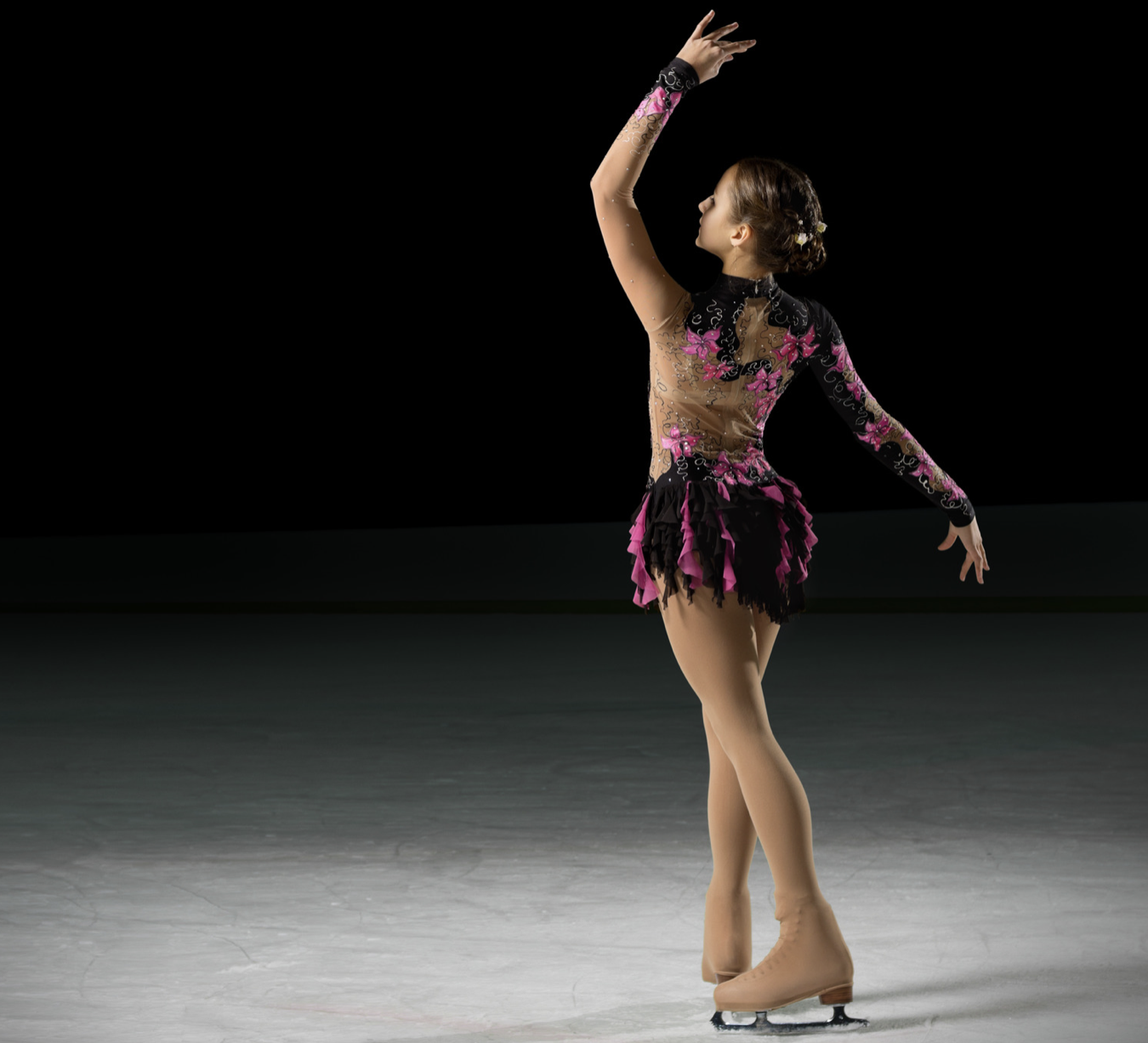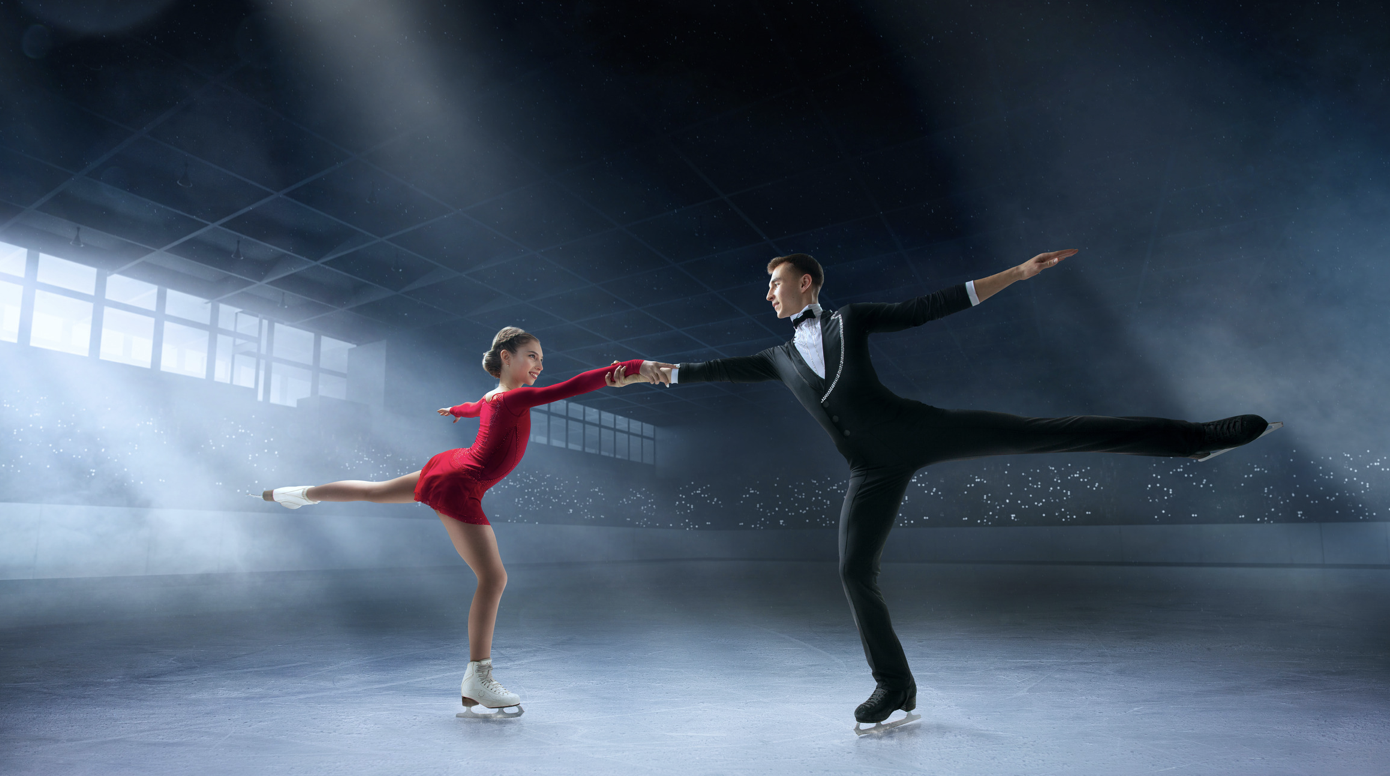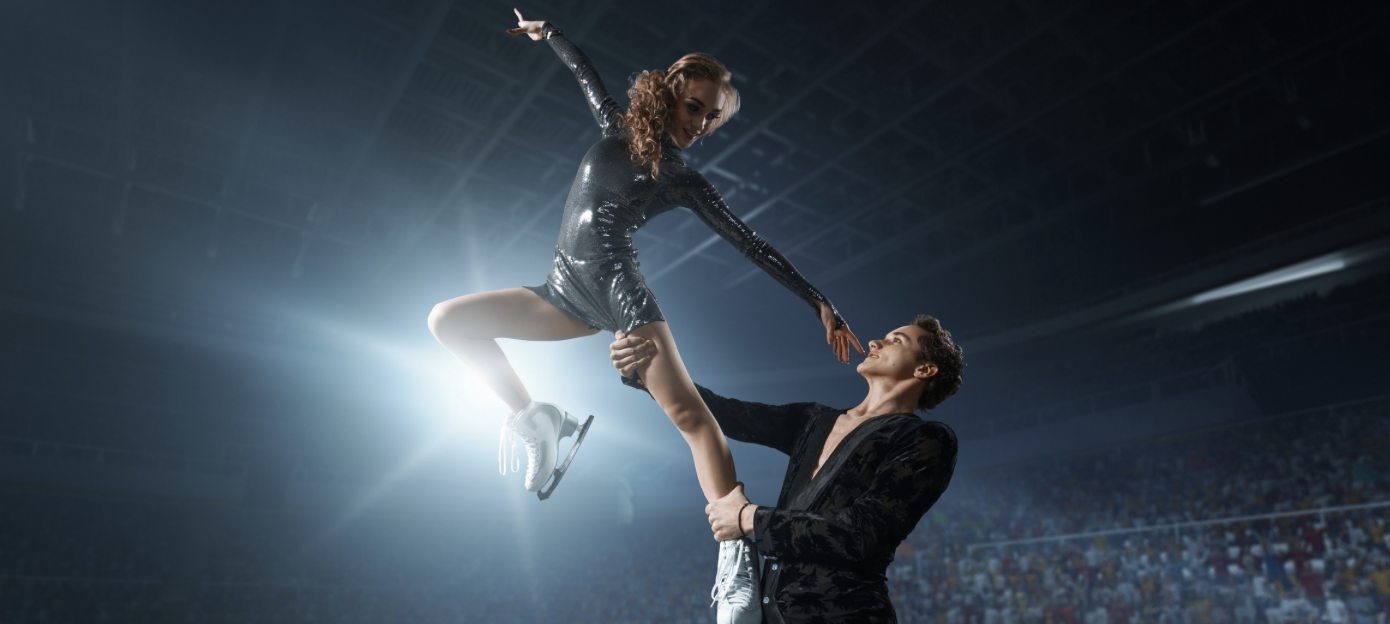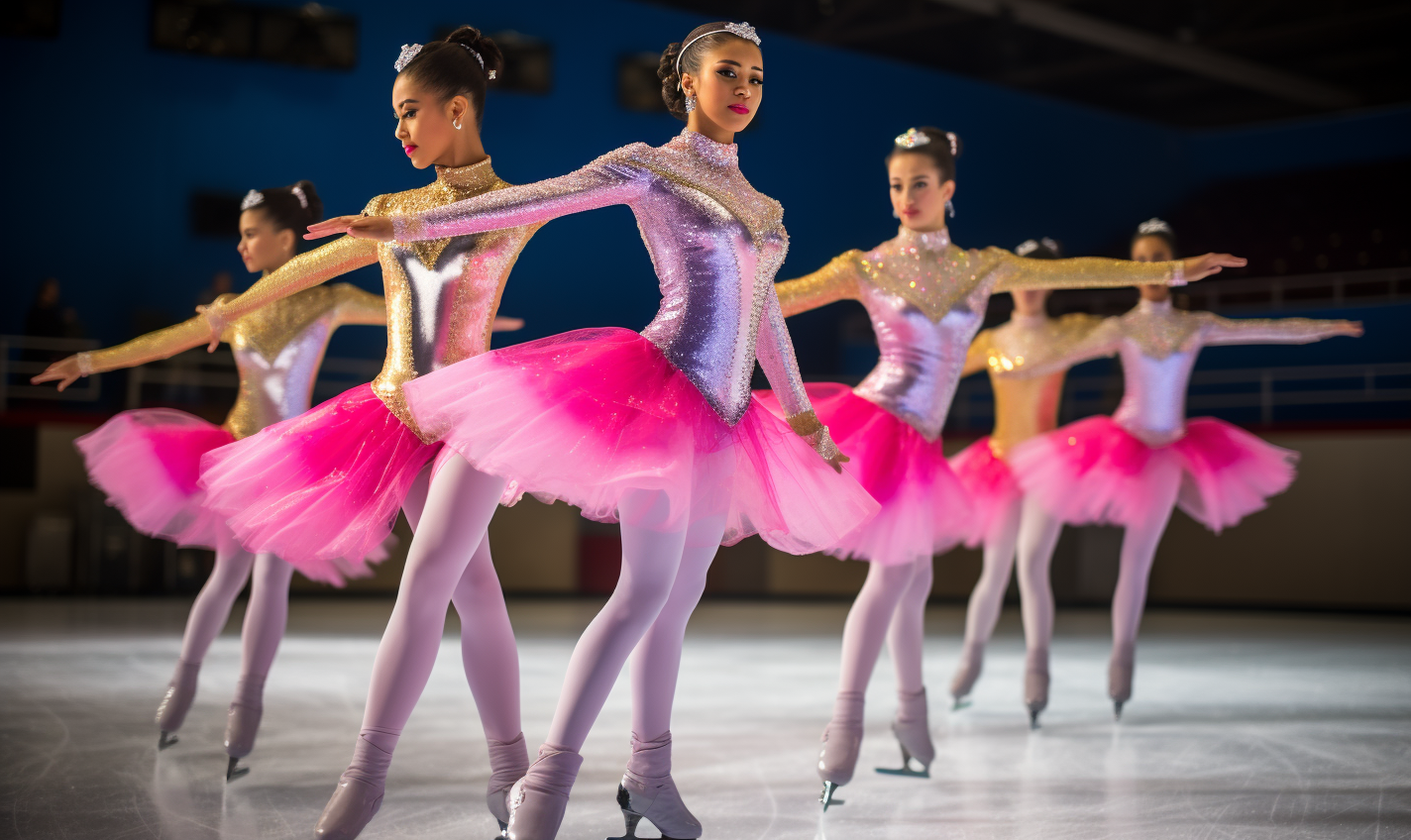Unveiling the Art of Singles, Pairs, Ice Dance, and Synchronized Skating
Welcome to Part 2 of the Figure Skating Club of Southern Maryland’s new blog series, designed to provide parents and skaters with a roadmap to navigate the world of ice skating based on the official U.S. Figure Skating Journey. We’re here to help you explore the vast and enchanting realm of ice skating, shedding light on the best skating path for you. In this installment, we delve into the captivating and diverse world of ice skating disciplines, each with its own unique charm and challenges.
If you missed Part 1 of our new blog series, it is available here, and covers Learn to Skate, Introduction to Ice Skating Disciplines, and Membership.
There are five distinct disciplines in competitive figure skating: men's singles, women's singles, pairs, ice dancing, and synchronized skating. Each discipline comprises multiple levels for competition and testing based on similar techniques and following level-specific rules and guidelines. Skaters have the flexibility to participate in various disciplines of their choice.
Singles Skating: Grace and Precision on Ice
Singles skating is one of the most iconic and recognized disciplines in figure skating. Both male and female skaters take center stage to exhibit their gracefulness, athleticism, and artistic talent. To succeed in figure skating’s men’s and women’s singles events, skaters must possess various skills such as form, style, technique, concentration, and the ability to perform under pressure.
At the elite levels of competition, skaters must perform two segments: the short program, which is skated first, and the free skate. The judges evaluate both segments, awarding technical and program component scores. Both segments showcase the sport’s elegance, athleticism, and talent.
The short program includes mandatory elements such as jumps, spins, and a step sequence. Since there are fewer elements to perform, the short program leaves less room for error. Skaters must give a clean performance and earn high component scores to obtain points for the free skate.
The free skate is the longer and more diverse part of the competition. Skaters must perform a broader range of elements, with a maximum limit on the number of elements they can perform. If a skater exceeds the permitted number of well-balanced program elements, they won't receive credit for the additional elements, but there will also be no deductions. At the end of the free skate, the skater's score is combined with the score from the short program to determine their overall standing.
Pairs Skating: A Dazzling Display of Synchronized Grace
Pairs skating introduces an element of teamwork and partnership to the ice. In this discipline, male and female skaters join forces to create a breathtaking performance that includes lifts, throws, overhead spins, and synchronized moves. Similar to singles skating, pairs competitions consist of a short program and a free skate. Each part gets technical and component scores, and the team accumulating the highest total points is declared the winner.
Lifts: Pairs skaters execute awe-inspiring lifts, showcasing the male skater's strength and the female skater's grace. These lifts often involve breathtaking acrobatic positions high above the ice.
Throws: Pairs skaters perform daring throws, launching the female skater into the air before she lands gracefully. Throws require a significant amount of control and synchronicity.
Synchronized Moves: Moving together in perfect harmony is critical in pairs skating. Skaters execute intricate footwork, spins, and lifts, creating a mesmerizing display of coordination and balance.
Shadow skating involves partners executing identical maneuvers at a certain distance from each other, while mirror skating entails the pair's movements mirroring each other in opposite directions. These elements are part of pairs skating and add to the overall impact of a performance.
Ice Dance: The Poetry of Movement
Ice dance is all about storytelling through movement. Couples perform intricate and emotionally charged dance routines set to music. Key aspects of ice dance include:
Rhythms and Patterns: Ice dancers follow rhythms and patterns requiring precision and synchronization. These patterns can be challenging and highly intricate.
Lifts and Twizzles: While lifts in ice dance may not be as acrobatic as in pairs skating, they still play a crucial role. Additionally, twizzles, which are fast one-foot turns, add flair and excitement to the performance.
Expression and Connection: Ice dancers focus on the connection between the partners and their connection to the music, creating a captivating and emotive performance.
Solo ice dance is now gaining in popularity as well.
Synchronized Skating: The Art of Teamwork on Ice
Synchronized skating, often called "synchro," is a mesmerizing discipline where a team of eight to 20 skaters moves in harmony to create intricate patterns on the ice. Despite synchronized skating not yet being included as an Olympic sport, it enjoys immense popularity in the United States and globally, standing out as the fastest-growing discipline in figure skating within the country.
Team Synchronization: The primary focus of synchronized skating is on perfect coordination. Skaters move in formation, executing elements like blocks, circles, lines, and intersections with impeccable precision.
Precision and Timing: Synchronized skating requires precise timing and spacing, with team members executing elements simultaneously to create stunning visual effects. The necessary elements include blocks, circles, wheels, lines, intersections, move elements, creative elements, no-hold elements, spins, and pairs maneuvers. These elements' diverse and challenging nature demands that each team member possesses exceptional individual skating skills.
Artistic Expression: Precision and teamwork are crucial in synchronized skating, but artistic expression is also valued, making it a beautiful and captivating discipline.
The world of ice skating is diverse and enchanting, offering a range of disciplines to cater to various preferences and talents. From the graceful elegance of singles skating to the dynamic and daring pairs skating, the emotional storytelling of ice dance, and the harmonized precision of synchronized skating, each discipline showcases the artistry and athleticism that make ice skating a beloved and captivating sport. Whether you're an aspiring skater or a dedicated fan, there's something for everyone to appreciate and enjoy in the enchanting world of ice skating.
Are you ready to embark on your figure skating journey? Whether you’re a novice lacing up your first pair of skates or an experienced skater looking to elevate your skills, our blog series is here to help you every step of the way. Over the coming months, we’ll continue to provide advice, tips, and insights to guide you through this exciting world of figure skating. Let’s lace up, hit the ice, and unlock the magic of figure skating!





